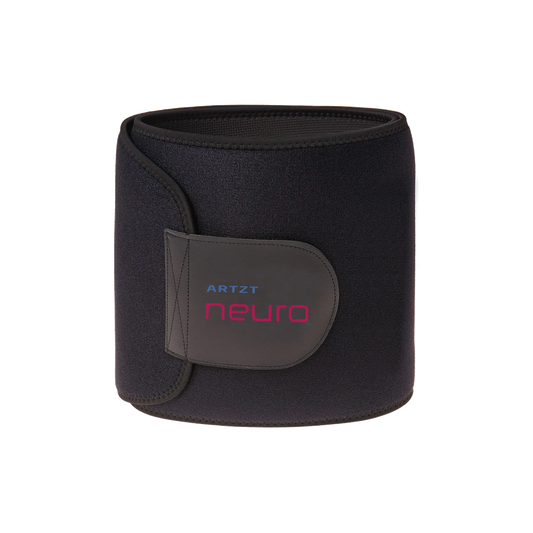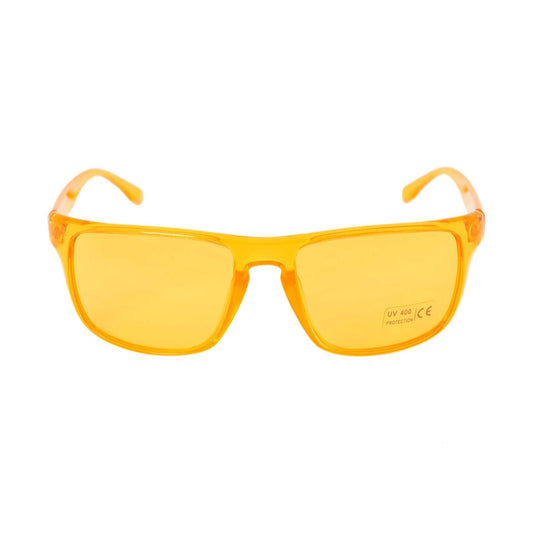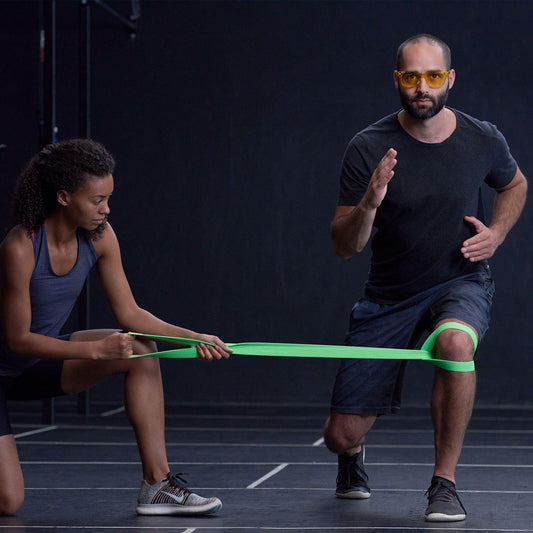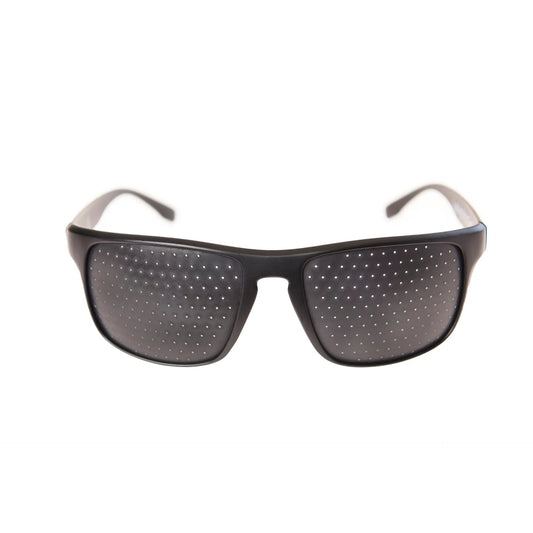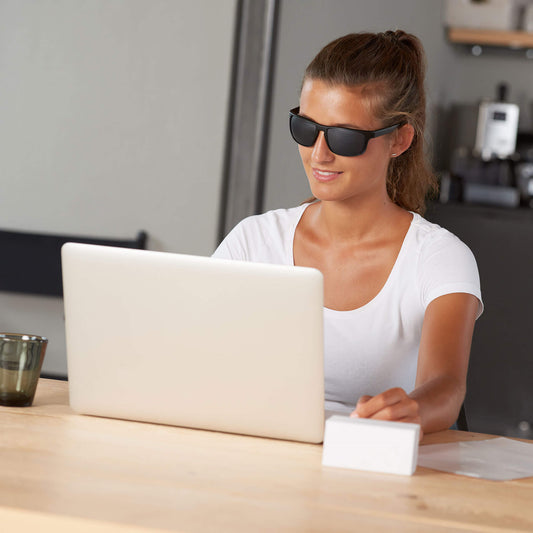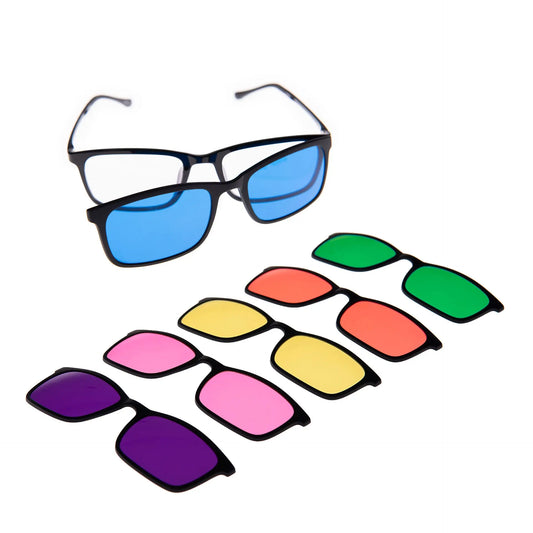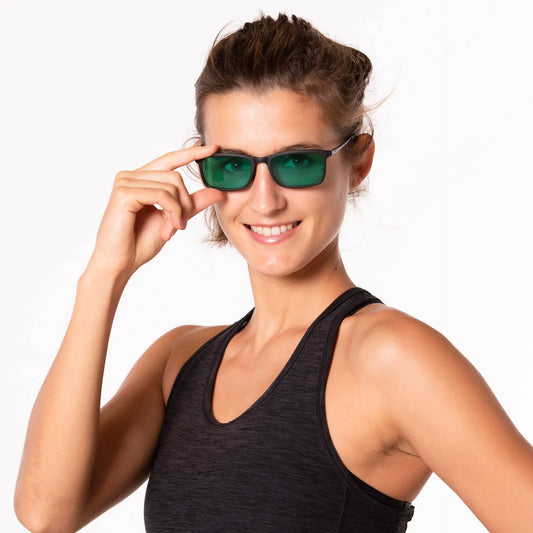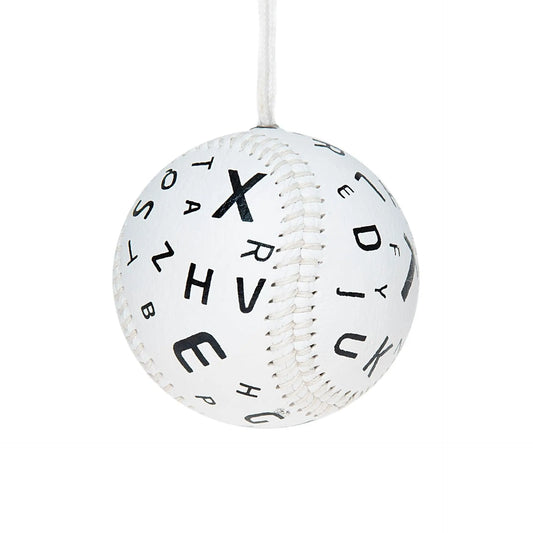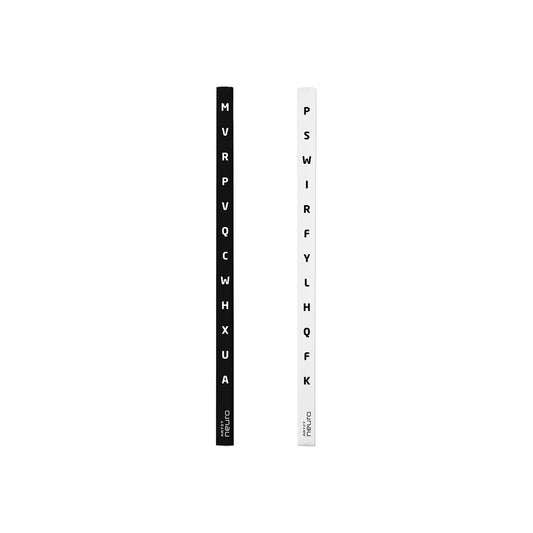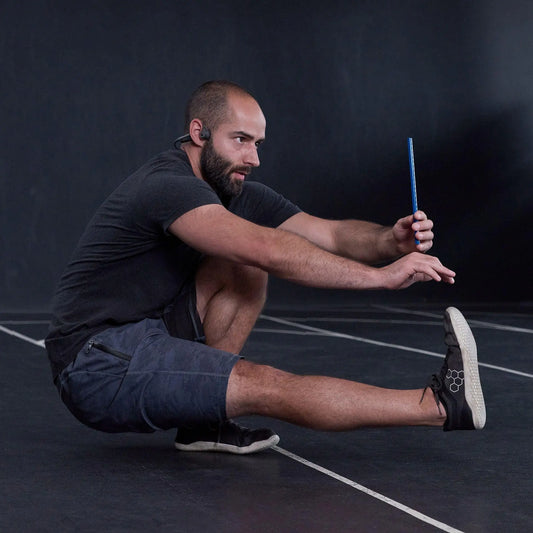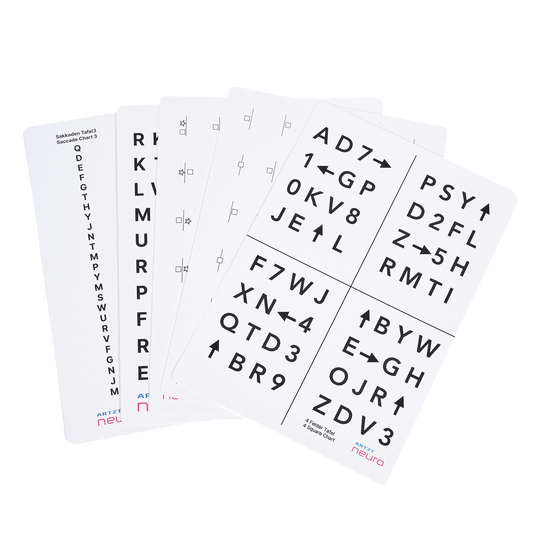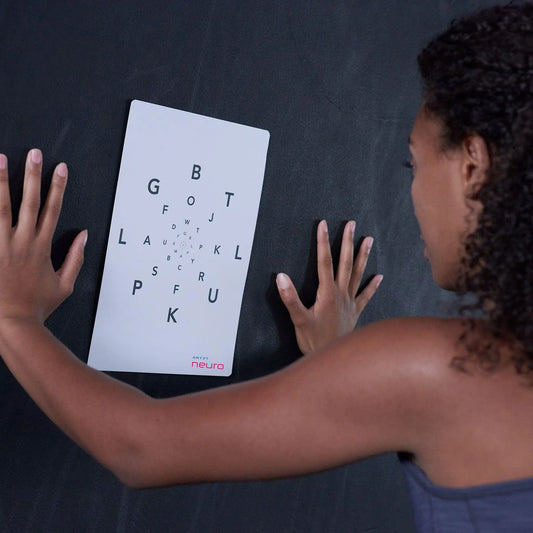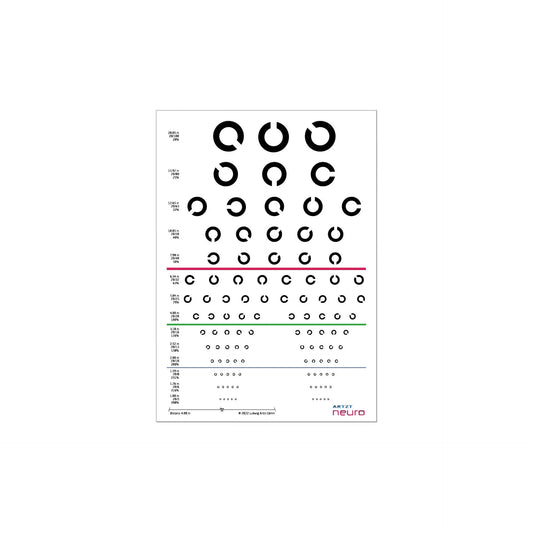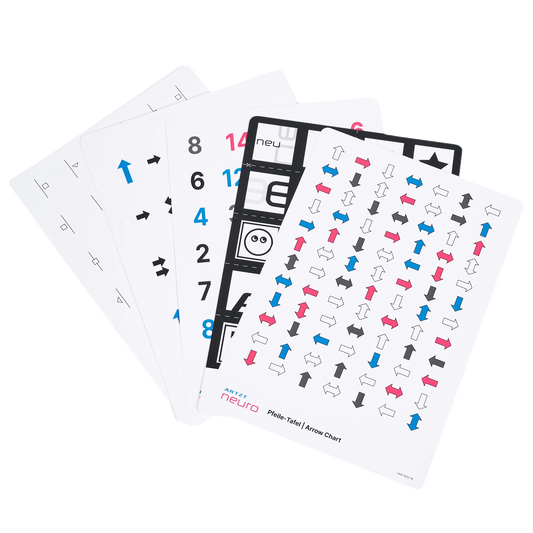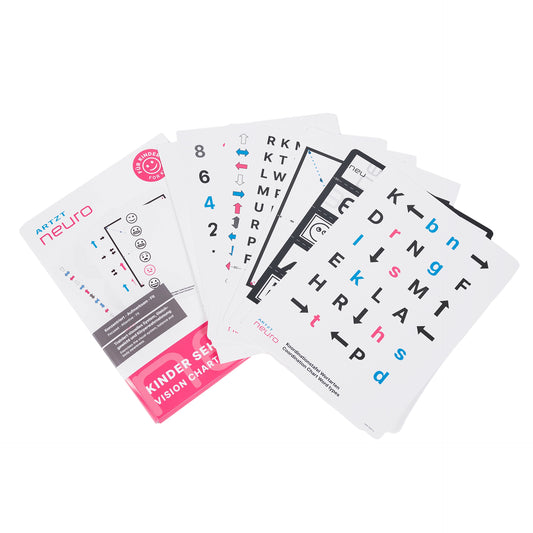
Neuroathletics in therapy
Reading time: 4 min.
Movement is simple, it seems. The sense organs receive an internal or external sensory stimulus. Within milliseconds, this is passed on to the brain, which interprets and processes the rising signals. Based on the decision made, a feedback signal is then sent to the corresponding target muscles and a motor end product, the movement, is created.
contents
Practical implementation options in daily rehabilitation
Include entire body
Exemplary integration into a therapy unit
About the authors
Practical implementation options in daily rehabilitation
But behind this simple formulation lie complex neurological processes and certain protective patterns that can be thrown off balance by injury. Neuro-centric training stimuli can be used in the course of rehabilitation to influence these processes and reduce disproportionately high protective patterns. The following article is intended to go into the basics of how movements arise and how neurocentric training can be integrated into the everyday therapy process - neuroathletics for everyone.
Include entire body
As an anatomically structural transition from the periphery (lower extremities) to the central nervous system (spinal cord and further the brain), the lumbar-pelvic-hip area poses a particular challenge in the therapy of a wide variety of diseases and problems due to the hip joints located in the pelvis and the lumbar spine built on them A perfect starting point for neuro-centric training, so that the healing process does not unnecessarily falter.
The brain processes emerging stimuli according to the “sensory before motor” principle. In order to support a continuous course of therapy in the best possible way, it makes sense to include the entire body - especially its peripheral nerve tracts - despite existing hip problems (hip TEP, femoral neck fracture, non-specific pain in the groin, adductor problems near the base, etc.). Since the extremities, especially the hands and feet, occupy a large somatotopic area in the brain via the homunculus, it is important to address the sensory information transmission in order to improve the input. This can be done through simple sensory stimuli such as vibration, gentle touch, or light tapping. [3, 4]
The limbic system/association cortex, the thalamus and the cerebellum in cooperation with the brainstem consisting of the medulla oblongata, pons and midbrain play an extraordinary role from the initiation of movement to the modulation of the movement design to the execution of the movement.
Nevertheless, patients with hip problems may not be able to flex their hips any further with conventional training methods. A first point of attack can therefore be the activation of the III., IV. (mesencephalon) and VI. (Pons) cranial nerves, which are responsible for eye movements (N. oculomotorius, N. trochlearis, N. abducens). Binocular vision is considered the most important function of the visual system. The facilitation of the eye muscles (unilateral or bilateral) is linked to postural reflexes, which structurally have no influence on the hip, but can nevertheless contribute to improving hip flexion via a nervous connection. For example, a downward and inward eye position promotes activation of the brain stem and consequently improves flexion [1, 2, 3] (see Fig. 2 a – d).
The brain controls every movement The activation of protective patterns, such as pain, limits performance. The processing of the sensory input and its interpretation must take place. The thalamus and the cerebellum (in feedback loops with parts of the brainstem) are of particular importance. Thanks to its functional-anatomical subdivision into vestibulocerebellum, spinocerebellum and pontocerebellum, its function modulates the fine-tuning of movement designs. This includes 1. the support motor components of posture and movement – especially of the trunk – including the muscle tone (spino- and vestibulocerebellum), 2. the target motor function designed in the telencephalon, including speech motor function (pontocerebellum) and 3. the gaze motor function in the sense of stabilization on a Gaze target (vestibulocerebellum).
In the thalamus, a decision is then made as to whether the previous planning of the finely tuned motor movements is allowed, allowed in a certain form, or not allowed at all. This inference is ultimately conveyed to the precentral gyrus (motor cortex) and from there travels via pyramidal pathways and extrapyramidal pathways through the cranial nerve nuclei in the reticular formation of the brainstem to the spinal cord. There the efferent transfer to the periphery takes place and thus leads to motor movement [2, 3].

Fig. 2 - d: Binocular function check: Eye tracking with the Vision Stick near the tip of the nose forward and downward to activate the midbrain and pons.
The vestibular system (VIIIth cranial nerve – N. vestibulocochlearis), which is primarily responsible for orientation in space and for straightening the body against gravity, interacts greatly with the visual and proprioceptive system. From a neurocentric point of view, this makes it a highly efficient tool, for example by reducing pain in the hip flexors during a deep squat. By slowly lowering yourself into the squat to the point of pain while simultaneously focusing on an object held low (vision stick) and quickly pushing it out back into the parallel position, the sensory input is processed qualitatively in such a way by activating the corresponding brain areas in the mesencephalon, pons, cerebellum and thalamus, that, thanks to better predictability over multiple repetitions, pain can be reduced and the full range of motion can be used (Fig. 3 a + b).

Fig. 3 a + b: Improvement in pain during hip flexion in a deep squat with the Vision Stick.

Patient undergoing sensory activation of peripheral nerves on the injured side with an ARK Z-Vibe through vibration.
Exemplary integration into a therapy unit
Approximately 30 minutes a day are recommended as common stress principles of a neuro-centric training. These can easily be broken down into smaller temporal elements and integrated over the course of the therapy. An exemplary implementation for integration into a therapy unit or a separate training unit in the course of therapy could proceed as follows [4]:
Activation of motion control systems before or during the warm up
- Targeted joint mobilization
- Visual vestibular training (bilateral or unilateral if weakness is known)
Between sentence or series breaks
- 1 – 2 high pay off exercises for affected joints (sensory activation, visual system, etc.)
- Shouldn't demand too much attention and be quick/easy to do
Cool down
Joint and nerve mobilization of the stressed joints, the following exercises can also be included:
- Mobilization of the spine (cervical spine, thoracic spine)/feet
- Eye relaxation (palming or eye massage)
- breathing relaxation techniques
About the authors
Björn Reindl is the owner and managing director of the interdisciplinary health center R2comSport in Neu Isenburg. The naturopath and physiotherapist bac. Nl. worked as a senior physiotherapist for Eintracht Frankfurt Fußball AG for seven years. Previously, he treated both FSV Frankfurt and Kickers Offenbach in their respective clubs. Björn Reindl is also a chiropractor (MoC Swe.), osteopath and lecturer in the field of DOSB sports physiotherapy.
Kevin Nickoll works as a sports scientist (MA sports science) at R2comSport in Neu-Isenburg. His focus is on the areas of medical development and athletic training, functional range conditioning and neuro-centric training. He is primarily responsible for looking after all competitive athletes of various sports at (inter)national level and specializes in the lower extremities in particular.
You can find the original article at sportaerztezeitung.com







